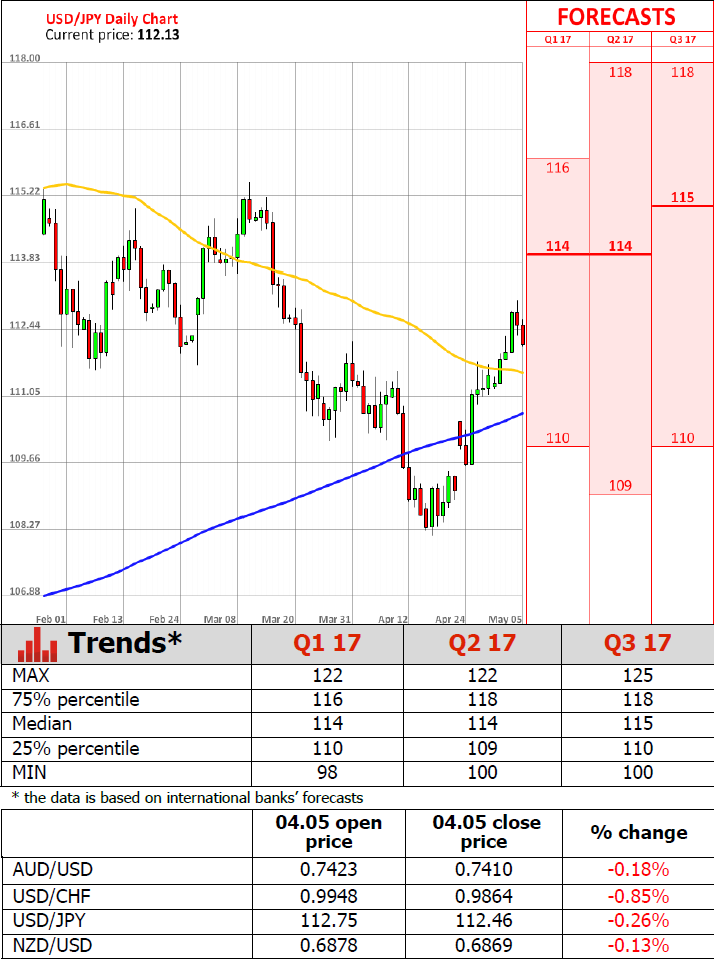‘The tightening labor market is raising costs but firms are failing to improve productivity to offset those increases. There simply is no reserve army of the unemployed or underemployed to call on and hours worked are already fairly high.’ – Joel Naroff, Naroff Economic Advisor
The number of Americans filling for unemployment benefits dropped markedly last week, pointing to the tightening labour market. The Department of Labour reported on Thursday that initial jobless claims fell to 238K in the week ending May 28, the lowest in 17 years, following the preceding week’s 257K and topping expectations for a slight decrease to 246K. That marked the 113th week of claims remaining below the 300K level, the longest stretch since 1973. Thursday’s data also showed that the number people still receiving unemployment aid dropped 23K to 1.96M in the week ended April 2, the lowest since April 2000. On Wednesday, the Federal Reserve left its monetary policy unchanged but analysts suggested that the tightening labour would likely force the Federal Reserve to raise interest rates at its next meeting in June, with claims below the 300K level and the unemployment rate at a near 10-year low of 4.5%. However, Friday’s NFP report is set to paint a better picture of the economy and, therefore, determine the Bank’s course. Despite the better-than-expected data, the US Dollar fell against other major currencies.














